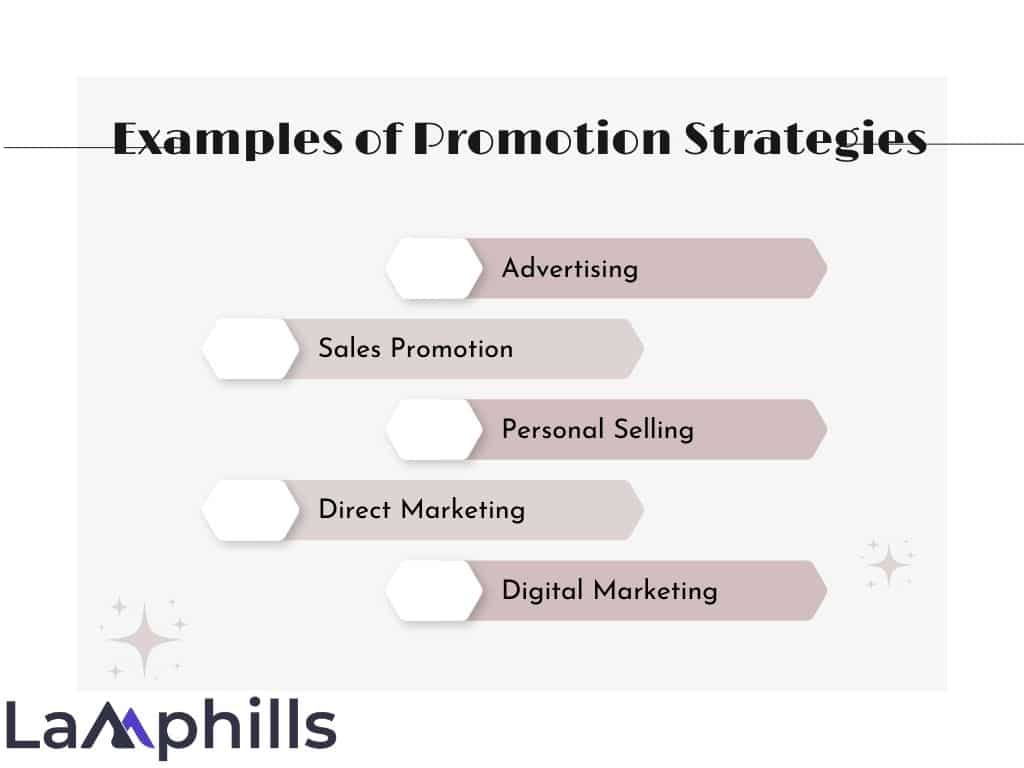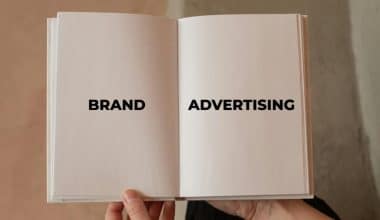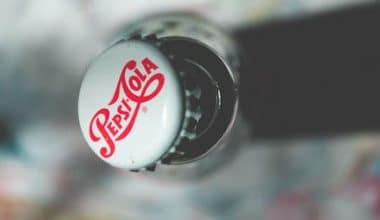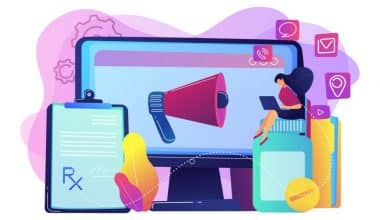To be able to uphold the authenticity and awareness of your brand, you need to weigh in branding and promotion proportionally. If any should be focused on more, then it should be your branding. I know that employing promotions leads to quick turnover and results, but that might come with a dead end.
To know how to effectively apply both branding and promotion to enhance your business and brand strategy, then keep reading because this guide will explore each concept in detail. Let’s get to it!
Key Points
- Branding is a company’s unique selling proposition (USP) and encompasses its identity, including logos, colors, and overall image, consistently presented to attract the target audience.
- Promotion is a short-term marketing strategy aimed at generating immediate interest and sales through activities like discounts, sales, and advertising.
- Branding is long-term, focused on building loyalty and trust over time, while promotion is short-term, designed to achieve quick results and increase revenue.
- Both branding and promotion work together by reinforcing trust and authenticity, where branding maintains the identity and promotion drives awareness and engagement.
- Effective branding and promotion require consistent performance evaluation and strategic planning to balance long-term brand building with short-term promotional success.
What is Branding?
Simply put, branding can be known to be a company’s unique selling proposition or differential. When you talk about branding, you talk about communicating your USP using a specific image in the marketplace. Also under branding, there is a brand identity that speaks of the specific image a brand shows off consistently to its audience or consumer. It can be the type of packaging you use, pricing you offer, name, logo, font, colors, design, symbols, and general aesthetic of the brand.
With these identities, your consumers can now get a view of what your brand is all about. To create a brand identity as a brand, just make sure you understand what you want to do with your brand, observe the market, define your brand’s voice, and ensure consistent implementation of your brand’s identity.
Once you consistently show up then you will automatically attract your target audience and slowly turn them into loyal consumers. A target audience in this light is basically a specific group of customers that it intends to attract with its goods, services, and advertising. They vary with diverse attributes and compositions be it, age, gender, educational attainment, occupation, family status, location, and so on. So knowing who they fully are will help you tailor your marketing strategies, and product development among others, in a way that will speak to them.
What Makes a Strong Brand?

Still under branding, coming to what makes a brand stronger, you would notice that, a brand consists of several essential components, including brand purpose, vision, mission, values, personality, identity, voice and tone, positioning, promise, experience, story, and equity.
Now knowing, exploring, and consistently enforcing these components will make any brand stronger and foster customer relationships at all levels. Once these components are always observed and brought to light at any given chance then your brand will be forever on everyone’s lips. Since we are done with what branding is all about, let’s then take a clear look at promotion.
What is Promotion?
Personally, I think that the word “promotion” is used to cover the gamut of marketing activities. But looking squarely, it can be said to be a direct producer-to-consumer marketing strategy commonly used to cause a target audience to develop an interest in a business’s product or service. This strategy is set to achieve mainly short-term goals in the company such as increasing sales, generating interest and awareness, encouraging trial and adoption, driving traffic, and stimulating impulse purchases.
These promotions can be in the form of discounts, sales, rebates, sponsorships, and endorsements which mostly exist in the business for a period of time before everything is restored to normal.
However, don’t interchange this term with advertising, although it can be done through advertising, they ain’t the same. They might have a common result which is creating awareness, but advertising still remains a paid news you deliver to the media in the hopes they’ll print or broadcast it.
Other ways promotions can be carried out include sales promotions, public relations, personal selling, direct marketing, and digital marketing. But to be able to run these promotions you need to ineptly understand your brand and target audience, its voice, set clear goals, and a host of others. Let’s quickly look at the channels we can use to successfully run a promotion.
Examples of Promotion Strategies

To carry out promotions for your business, here are some channels you can employ to reach as much of your target audience as possible:
#1. Advertising

As said earlier, this is not the same as a promotion but it can serve as a channel for promotion. To do this you need to carve out the piece of information you want to lay to the public (make sure it sounds like funnn), then pay the media channel(s), your message or products and services will then be relayed to the mass. Some of these channels include television and radio ads, print ads, online ads, and outdoor advertising.
#2. Sales Promotion
This runs under using incentives to invoke your target audience and cause them to purchase a product or service. Some examples of these incentives are coupons, contests and sweepstakes, samples, BOGO promotions, and loyalty programs.
#3. Personal Selling
Instead of going to paid media, this involves physical interaction with an audience with the intention of convincing them and closing a sale. Examples include in-person sales meetings, retail sales, trade shows, and so on.
#4. Direct Marketing
You can also run your promotions directly using email campaigns, direct mail, SMS marketing, and catalogs.
#5. Digital Marketing
This promotional channel might also come in handy when carrying out your promotions. You could leverage online platforms and technologies to pass your message on to your target audience

Aside from the visible factors behind the idea of practicing promotions, one can also engage in promotions just to educate or inform their target audience or consumers on a new product to encourage trials and purchases through promotional sales.
Branding vs Promotion
I have done enough justice by explicitly going through what branding and promotions mean, now let’s look at what makes them different. While promotion poses as short-term, branding is known to be a long-term practice.
Running promotions is short-term because its main goal is to get outcomes quickly, increase revenue faster, rapid market penetration, inventory clearance, and foster high engagements, hence it only runs for a duration of time.
Meanwhile, branding on the other hand is long-term because it takes consistency to promote elements like brand equity, client loyalty, and market position. It’s a process that requires the brand to constantly show up and it takes integrated campaigns, performance evaluation, resource allocation, and strategic planning to balance it.
I encourage businesses to employ both practices in their marketing activities to help foster both long-term and short-term success. When these two strategies are being skillfully applied, you will notice an increase in the efficacy of your marketing.
We can’t overemphasize the importance of promotions, however, excessive promotion can also lead to fatal damage to your brand. When you keep having promotions every now and then, your brand might experience negative perceptions, misleading promotions, and poorly targeted promotions. To prevent this from happening, just balance it.
Popular Brands That Made Use of the Promotion Strategy
Brands like Cola-Cola, Nike, Apple, Starbucks, Amazon, and McDonald’s use promotion strategies to shape customer perception and foster loyalty. Let’s take Nike’s, “Just Do It” as an example. It all started as a promotional campaign and now it has successfully yielded great results inspiring customer loyalty among athletes and fitness enthusiasts.
Do you remember, Coca-Cola’s “Share a Coke”? It was also a campaign with the intention to encourage emotions, friendship, sharing, and happiness. And this short-term marketing strategy turned into something big.
Apple also creates a product launch almost every year and this promotion has only stirred excitement, and exclusivity in its audience thereby creating a repeat purchase of those products.
Fourthly, the brand, Starbucks also has reward program incentives that only encourage more purchases and a loyal customer base. Amazon Prime has also been caught in this web. They explore promotional strategies with exclusive deals, discounts, and shopping excitement, reinforcing the brand’s reputation as a convenient, consistent, and customer-centric retailer.
How Branding and Promotion Work Together
Branding and promotion can work hand in hand in whichever way you want to view it. Just as branding is busy polishing and upholding a brand identity, promotion is at one corner doing its thing by running advertisements, content marketing, and using social media and other channels to put your brand and its products and services out there.
Also, while branding is on its way to building trust and authenticity by consistently showing up while delivering brand promises in one tone, promotion is also at work trying to reinforce trust by sustaining the brand’s quality through promotional messages.
While consistency and integration in brand messaging, visual identity, and customer experience keep branding on its feet, promotion uses brand elements to effectively carry out its promotional activities.
In addition, in whatever strategy you explore, remember that measuring and optimizing performances is very crucial. Don’t forget to pause and analyze what’s working and what’s not. Don’t just be working blindly.
To help you better measure and analyze these processes either on a long-term or short-term basis, I have curated a FREE Promotion Performance Review Checklist template to help your steps:
Promotion Performance Review Checklist.PDF
Conclusion
To be honest, the debate between branding and promotion is nothing new. Brands tend to pick one out of the two and then focus on practicing it, but the thing is, since these short-term and long-term marketing tactics can work hand in hand, why then would you stick to selection. Just as the popular saying, “Two heads are better than one”, I can also attribute that phrase to these two methodologies because your brand will experience more success when they are both in use.
While branding should come first, promotion should also be working in the background. Have any more questions? Reach out in the comments and I will provide a solution right back.
Related Articles
- How to Use Snapchat Ads Manager: Tips and Best Practices
- Small Business Branding Ideas: 15 Creative Ideas for 2024
- Understanding Market Coverage: Definition, Types, and Importance for Your PR Strategy
- Inspiring Brand Voice Examples: How Top Companies Craft Their Unique Identity






